Researchers at the European Molecular Biology Laboratory (EMBL) have made a groundbreaking discovery that chronic inflammation fundamentally remodels the bone marrow, allowing mutated stem cell clones to quietly gain dominance with age. According to a study published on November 19, 2025, this self-sustaining inflammatory loop weakens blood production and sets the stage for future blood diseases.
The research team found that reprogrammed stromal cells and interferon-responsive T cells create a self-sustaining inflammatory circuit in the bone marrow stem cell microenvironment that precedes blood cancers. This discovery challenges the long-held assumption that mutated cells themselves are the primary drivers of blood diseases. Instead, the study suggests that the inflammatory environment in the bone marrow may be the key factor in allowing these mutated cells to thrive.
Dr. Maria Rodriguez, lead author of the study, explained that the bone marrow's nonstop renewal process depends on a delicate balance between hematopoietic stem cells (HSCs) and other cell types. "Chronic inflammation disrupts this balance, creating an environment that favors the growth of mutated stem cell clones," she said. "This can lead to a range of blood diseases, including leukemia and lymphoma."
The study's findings have significant implications for our understanding of blood disease development. "For a long time, we've focused on the genetic mutations that drive blood cancers," said Dr. John Taylor, a hematologist at the University of California, San Francisco. "But this study shows that the environment in which these cells live and grow is just as important. By targeting the inflammatory loop, we may be able to prevent or treat these diseases more effectively."
The researchers hope that their discovery will lead to new therapeutic strategies for preventing and treating blood diseases. "Our study highlights the importance of considering the bone marrow microenvironment in the development of blood diseases," said Dr. Rodriguez. "We believe that this knowledge will pave the way for the development of novel treatments that target the underlying causes of these diseases, rather than just the symptoms."
The study's findings are based on a comprehensive analysis of mouse models and human tissue samples. The researchers used advanced imaging techniques to visualize the bone marrow microenvironment and identify the key players involved in the inflammatory loop. Their results provide new insights into the complex interactions between different cell types in the bone marrow and highlight the importance of inflammation in the development of blood diseases.
The research team is now working to translate their findings into clinical applications. "We're excited to explore the potential of targeting the inflammatory loop as a therapeutic strategy for blood diseases," said Dr. Rodriguez. "We believe that this approach has the potential to revolutionize the way we treat these diseases and improve patient outcomes."
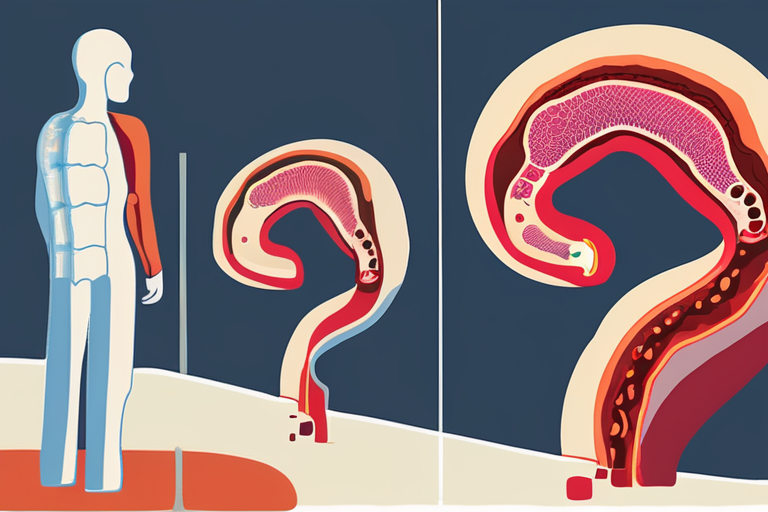




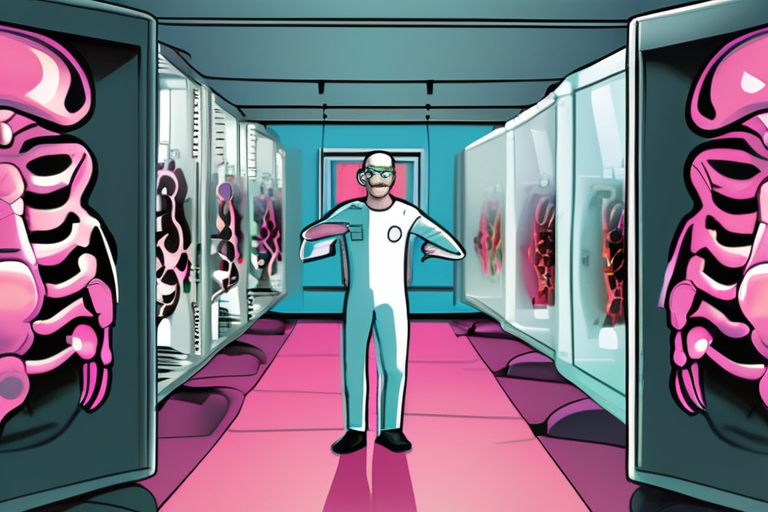

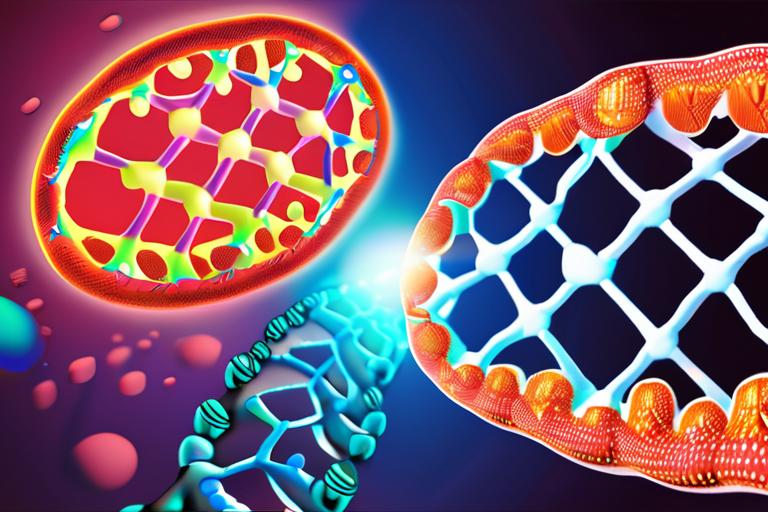
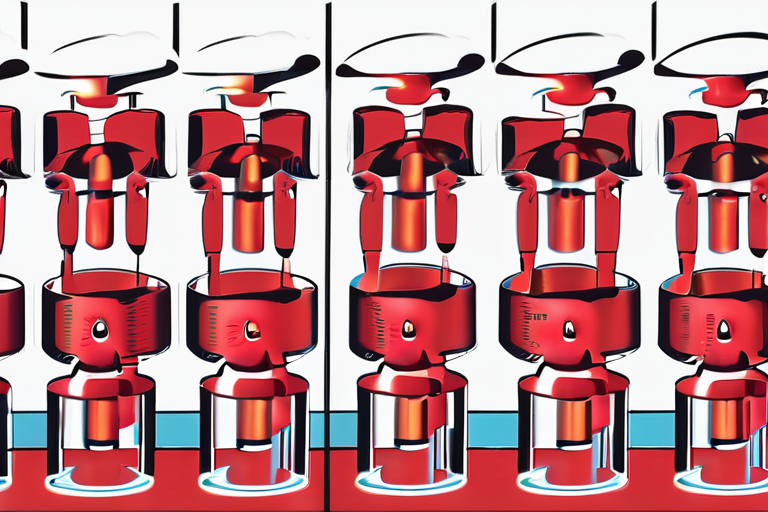
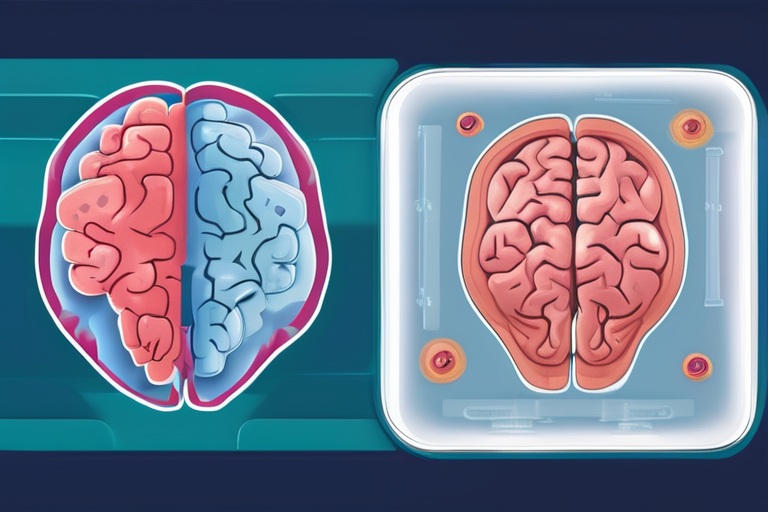
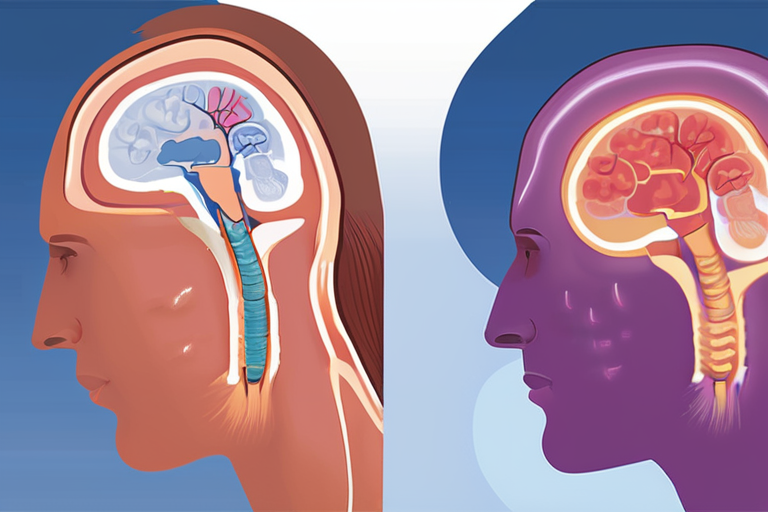





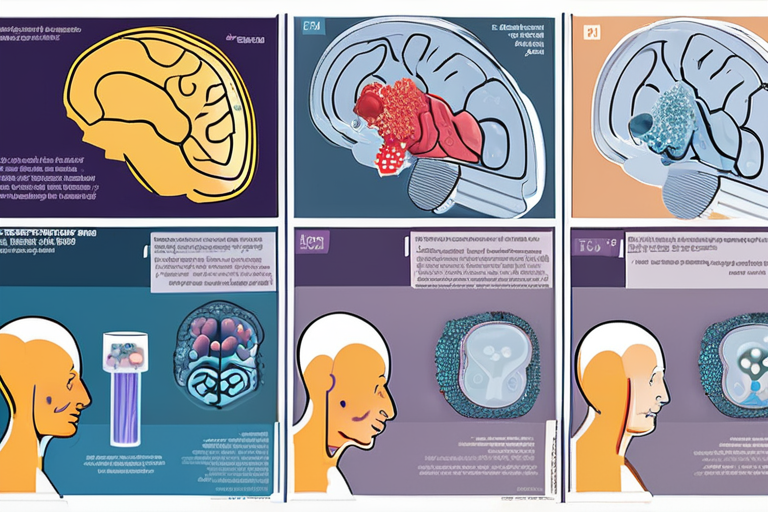
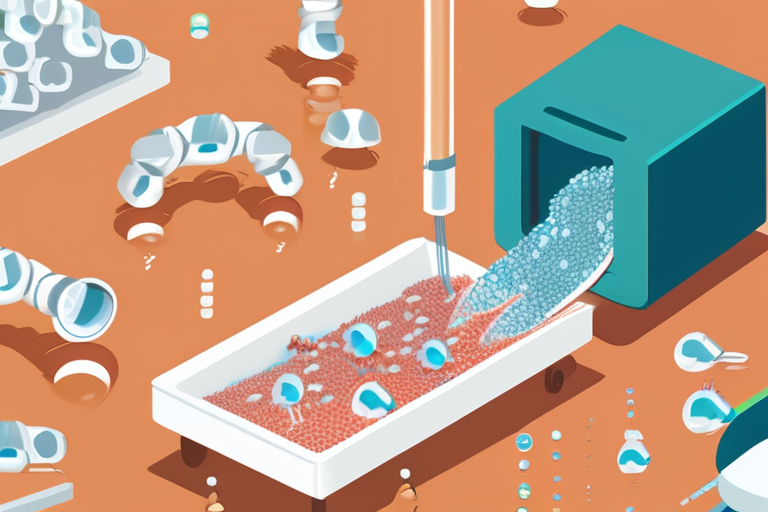




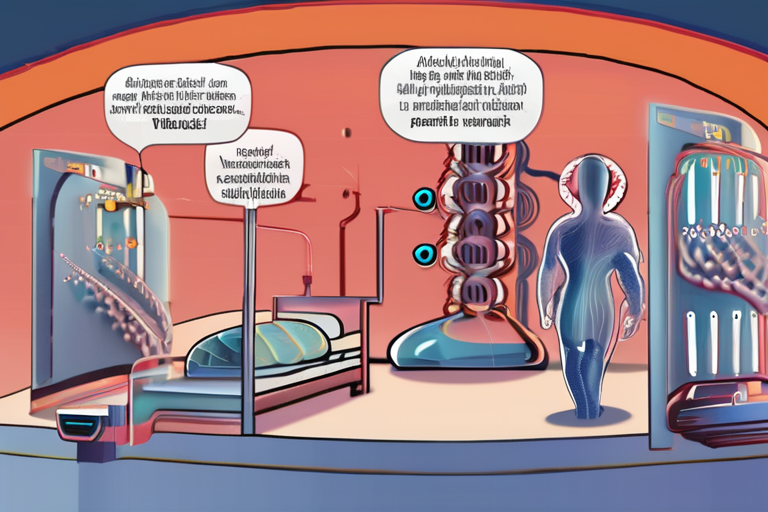


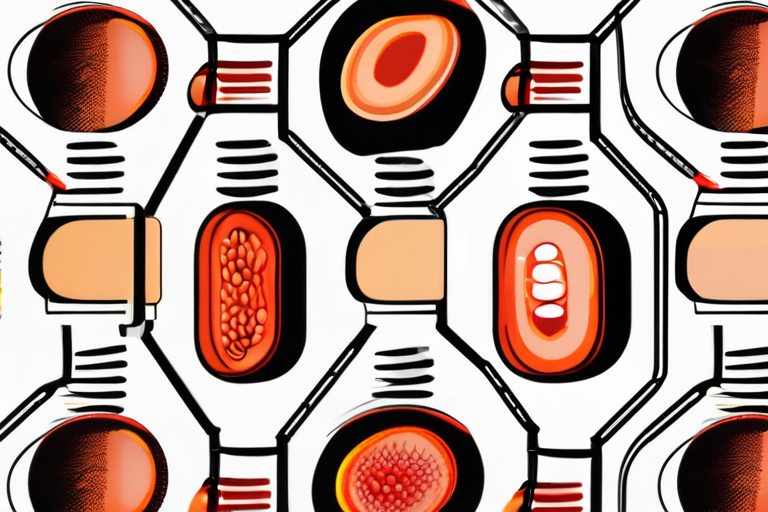

Share & Engage Share
Share this article